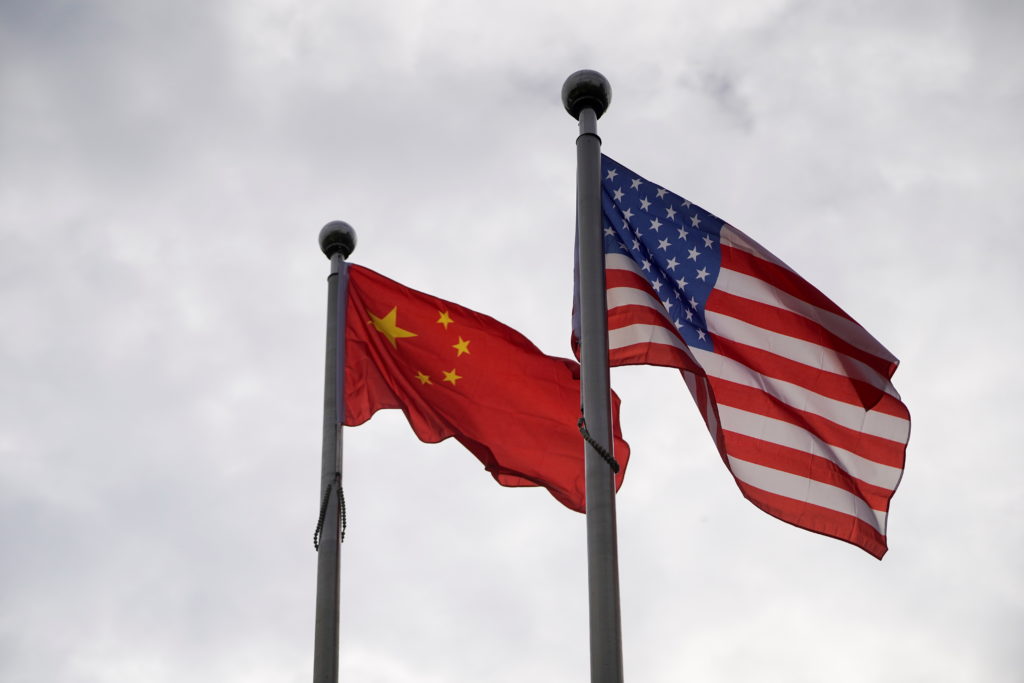
A Battle of Narratives – US vs China
By Joel Wong
A narrative is fundamentally a story with characters, plot, setting, and conflict, serving to engage and inform. Mainstream media heavily relies on narratives in news reporting, structuring stories with heroes and villains, evoking emotions, simplifying complex issues, and influencing public opinion. Both the US and China actively promote narratives about the other to advance their interests and shape global perceptions.
Key US Narratives:
China’s rise as a threat to the global order.
Accusations of China’s unfair trade practices.
Criticism of China’s authoritarianism and repression, particularly in Xinjiang and Hong Kong.
Key Chinese Narratives:
U.S. attempts to contain China’s rise.
Allegations of U.S. interference in China’s internal affairs, such as Taiwan.
Accusation of U.S. hypocrisy on human rights.
Important Considerations:
Both narratives are simplifications with selective emphasis.
Narratives can become self-fulfilling prophecies, shaping perceptions and actions.
Understanding both narratives is crucial for navigating the complex U.S.-China relationship.
Both sides use official statements, media, and diplomacy to promote their narratives.
Public opinion in both countries is influenced by these narratives, impacting domestic and foreign policy decisions.
The narratives evolve with the changing dynamics of the U.S.-China relationship.
While narratives can be helpful tools for understanding the world, it’s important to be critical of how they are used by the media. Here are some things to keep in mind:
Recognize bias: Every narrative has a point of view, and it’s important to be aware of the potential biases that may influence the story being told. Consider the source of the narrative and their potential motivations.
Look for multiple perspectives: Don’t rely on just one narrative to understand an issue. Seek out information from diverse sources and consider different viewpoints.
Question the framing: Pay attention to how information is framed and presented. Ask yourself what details are included and excluded, and how this might shape your understanding of the event.
Think critically: Don’t simply accept everything you see or hear at face value. Be an active participant in consuming information and forming your own conclusions.
By understanding how narratives are used and being critical of them, you can become a more informed consumer of international news!
